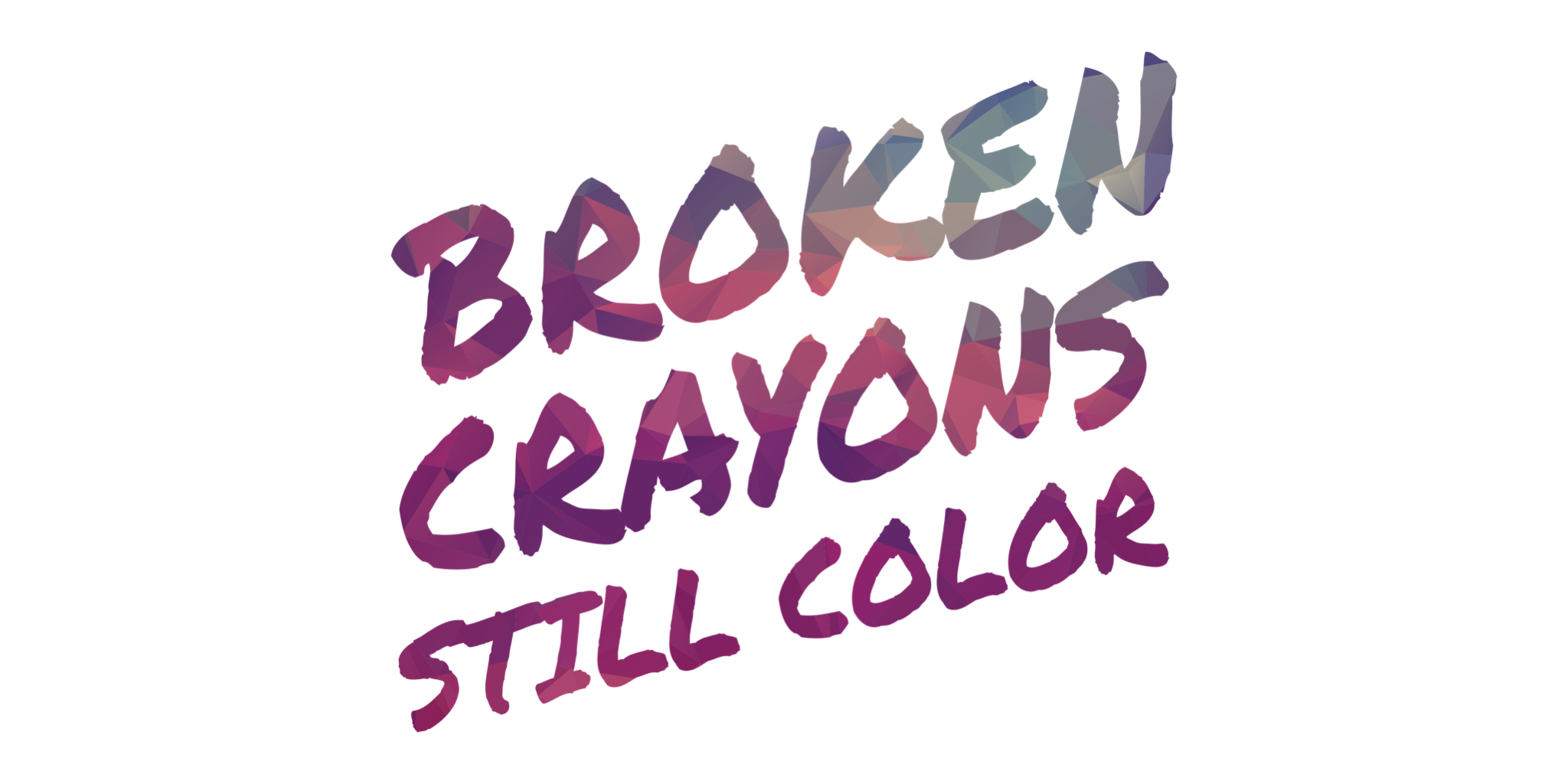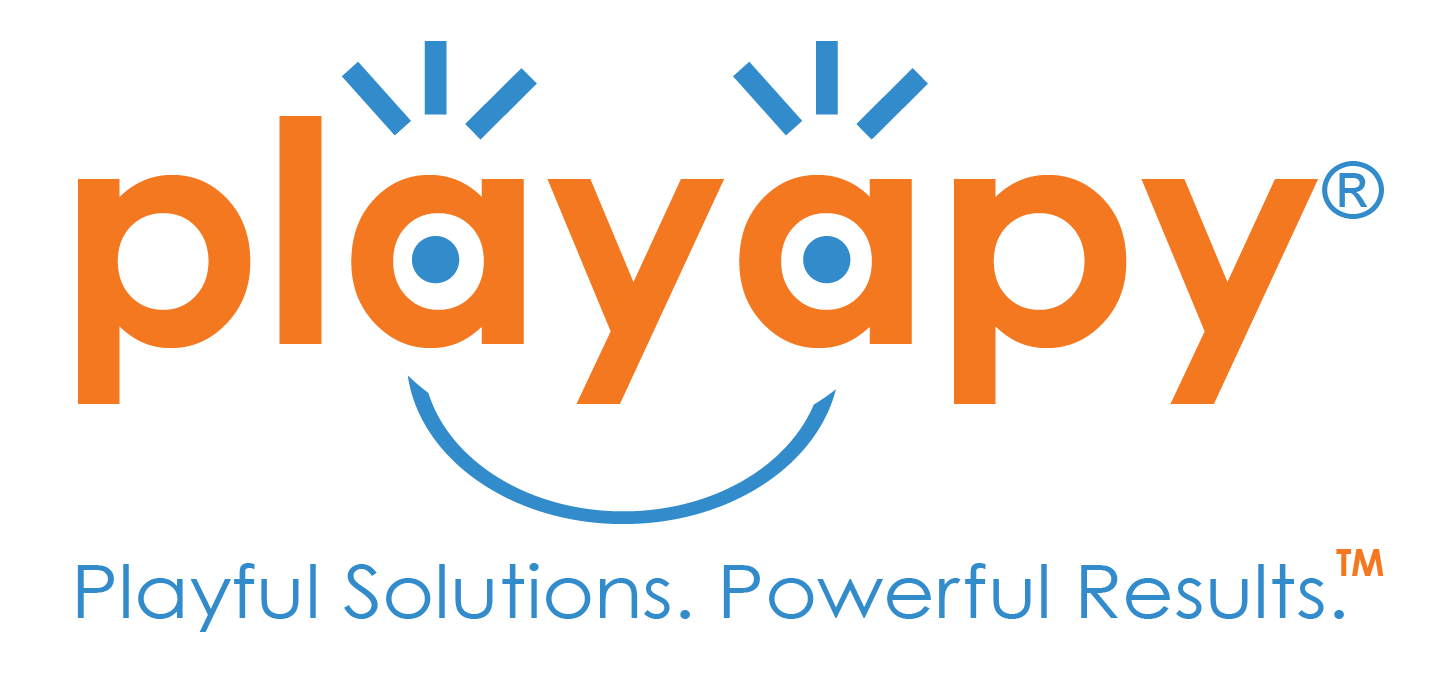
07 Aug Save the Broken Crayons
If you are anything like me, you may be the type of person that likes order and gives away under-utilized objects collecting dust in your home. Perhaps you are getting your child ready for back-to-school and don’t know what to do with the broken crayons taking up space in their pencil pouch. Maybe you are considering melting them for an art project or some other creative or notable endeavor. Today I would like to encourage you to save the broken crayons. Here’s why.
Why Broken Crayons?
I once read a comment on Facebook by a mom cheekily recalling how she smuggled broken crayons away from her child. I laughed because I would probably be like this mother if I didn’t know the benefit of these tiny seemingly insignificant pieces of wax. In fact, broken crayons are great tools to encourage children to use the tips of the fingers more efficiently.
Why Is This Important?
If a child is having trouble keeping the thumb on the crayon, it is typically because the thumb does not have enough strength and will overlap to increase the surface area for support. Without the use of the thumb, the hand can become tired and a child may stop coloring prematurely. This creates a cycle of inefficiency because the child is not getting the exercise the hand needs to develop more strength. If you use broken crayons, the thumb has nowhere to go. Hence, the child is then forced (in a helpful way) to use the very tips of the fingers encouraging the proper grasp we know is important to develop fine motor skills.
Is My Child Holding Crayons Wrong?
Coloring is a great activity to develop skills needed for handwriting. If your child is overlapping the thumb, it does not necessarily mean he or she will have trouble. In fact, a 2012 study has shown that girls tend to overlap the thumb more than boys and still have better speed and legible handwriting.¹ However, the development of a pincer grasp, where the thumb is opposed to the pointer finger, is important for other fine motor skills including lacing beads, tying shoelaces, and more. Below you will see two images of child holding a crayon. You can see the broken crayon helps to create the opposition of the thumb and pointer finger.

Since August is National Crayon Collection Month, I encourage you to save your broken crayons. This national month of recognition was established to bring awareness to the waste of used and broken crayons. This waste can have negative effects on our environment. You can do your part in helping our planet while also helping your child. Hold on to your broken crayons and embrace their continued usefulness. You don’t have to feel guilty about keeping them or taking them away from your child anymore.
I hope you find this tip helpful. Share in the comments what other ways you have used broken crayons. Perhaps you can inspire someone to save broken crayons as well. Have a playful day!
Amy Baez, MOT, OTR/L
Amy Baez is the Founder of Playapy and Creator of the PALS Handwriting Program. She is a pediatric occupational therapist, speaker, and parent coach with over 18 years of experience. Learn more at www.playapy.com.
¹ Schwellnus, H., Carnahan, H., Kushki, A., Polatajko, H., Missiuna, C., & Chau, T. (2012). Effect of pencil grasp on the speed and legibility of handwriting in children. American Journal of Occupational Therapy, 66, 718-726.
